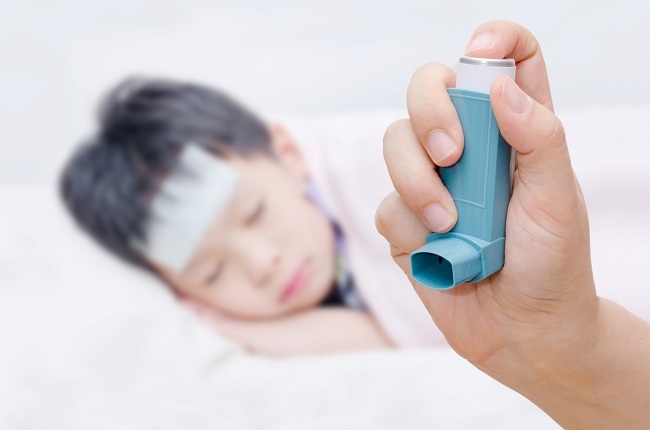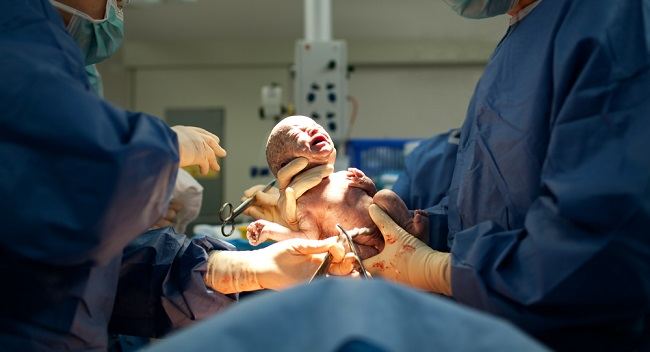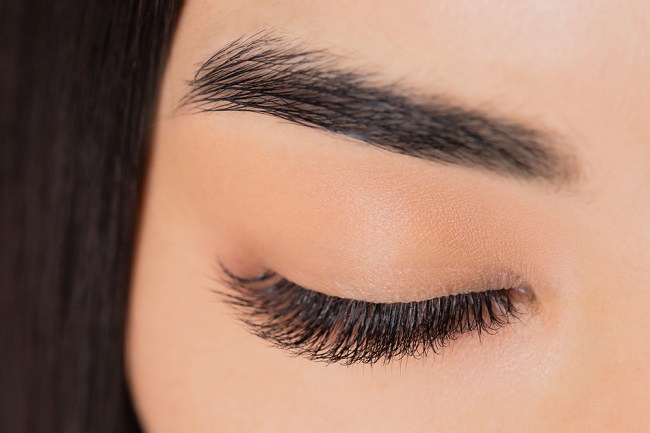When we cry, we will shed tears. However, are you aware that newborns usually don't shed a single tear when they cry? To find out the cause, come on, see the following article.
Crying is a way for babies to communicate to convey what they feel, such as hunger, fatigue, pain, sleepiness, or discomfort because their diaper is wet. So, don't be surprised, the total time a baby spends crying in a day can be up to 2-3 hours.

Reasons Babies Don't Cry When They Cry
Unlike adults, newborns generally will not shed tears when crying. This condition often makes parents panic and worry for fear that their baby has problems with the sense of sight.
Mother, a newborn baby crying without shedding tears is normal and nothing to worry about, right? You need to know, babies actually have tears, but those tears are so few that they only make their eyes moist.
When a newborn is born, the baby's tear ducts are still not fully formed, so they are not able to release a lot of tears when crying. These tear ducts will develop as the baby ages.
Generally, these tear ducts will mature when they reach 2-8 weeks of age. Only then did the tears flow freely.
Things to watch out for if your baby doesn't shed tears
Even though it's considered normal, it doesn't mean you can ignore it, right? If your little one still hasn't shed tears when he is more than 8 weeks old, you need to be alert. It could be that your little one has a blockage in the tear ducts that prevents the tears from flowing out properly.
This tear duct blockage is characterized by the appearance of eye discharge in the form of a yellow, sticky liquid that resembles pus. In addition, your little one's eyes will also look dry and red.
If the baby's tear duct is blocked, the doctor will usually prescribe eye drops or ointment to treat this condition. You can also give a gentle massage to the corners of your little one's eyes using a clean finger or cotton swab dipped in water. This massage will release the fluid and open the tear ducts.
In addition, the absence of tears can be a sign that your little one is dehydrated. This condition will be accompanied by symptoms of vomiting, reduced frequency of urination, dry mouth, and diarrhea. If your little one shows symptoms of dehydration, make sure you have sufficient fluid intake by giving breast milk or formula.
After knowing the facts above, now you don't need to panic anymore if your little one has not shed tears when crying, right? As your little one gets older, his tear ducts will be perfectly formed and he will be able to shed tears smoothly.
However, if your baby doesn't have tears after 8 weeks of age or has symptoms of severe dehydration, such as fever, very dry mouth, and darker, foul-smelling urine, take him to the doctor immediately for examination and treatment.









